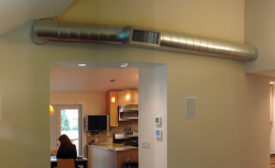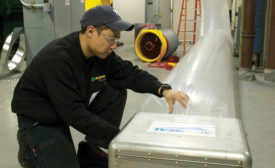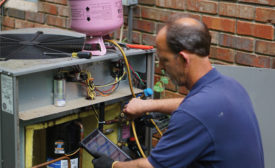Home » HVAC sales
Articles Tagged with ''HVAC sales''
Exposed ductwork gains traction in the light commercial market
Read More
Industry Promotes Green Ductwork
Performance, materials, and cost determine whether ductwork is green
Read More
New Products Offer Energy Savings, Comfort
Manufacturers introduce a variety of residential heating equipment in time for fall
September 14, 2015
Four Ways to Generate More Repeat HVAC Contracting Business
Recognize your service as a commodity and build a culture of service
Read More
Distributors Benefit from Regional Standards Sales
Savvy wholesalers are reaping the rewards of stocking up on 13-SEER equipment
Read More
The Wife’s Not Home: Is the Sale at Stake?
HVAC professionals prefer, but don’t require, both decision-makers present during estimates
Read More
My Two Cents: Until it’s Closed, the Door’s Always Open
There’s more to a sales presentation than the initial proposal
Read More
HVAC Distributors Prefer Two-step Supply Chain
While online sales are growing, many HVAC distributors prefer a traditional distribution model
Read More
Vying For Distribution Shelf Space
New product evaluations are multifaceted for distributors
Read More
Copyright ©2024. All Rights Reserved BNP Media.
Design, CMS, Hosting & Web Development :: ePublishing















